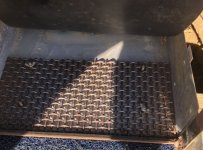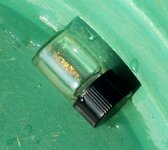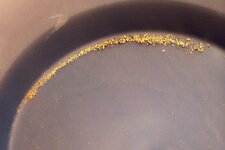GodsEarth
Jr. Member
Hey everyone I’m looking for some tips on a cheaper high bank sluice build I’m putting together. My thoughts as of right now (Keep in mind I’m keeping it very budget friendly), is going 10” wide 36”-48” long with Gold Owl matting. I’m making everything out of wood and I’ll have a little 72cc gas powered water pump and 3/4” pvc piping for water delivery. I’ll have the jet holes in pvc shooting up as well as in from the sides.
I’m looking for tips on how much water flow I should aim to have. The pump does about 2300 GPH.
roughly what angle should I have it at? I’ve heard 1” drop per foot.
Is 10” too wide?
I’m building it all out of wood to save some money.
ALL TIPS APPRECIATED! I plan on building it tonight.
Thanks,
Adam
I’m looking for tips on how much water flow I should aim to have. The pump does about 2300 GPH.
roughly what angle should I have it at? I’ve heard 1” drop per foot.
Is 10” too wide?
I’m building it all out of wood to save some money.
ALL TIPS APPRECIATED! I plan on building it tonight.
Thanks,
Adam
Last edited:
Upvote
0







